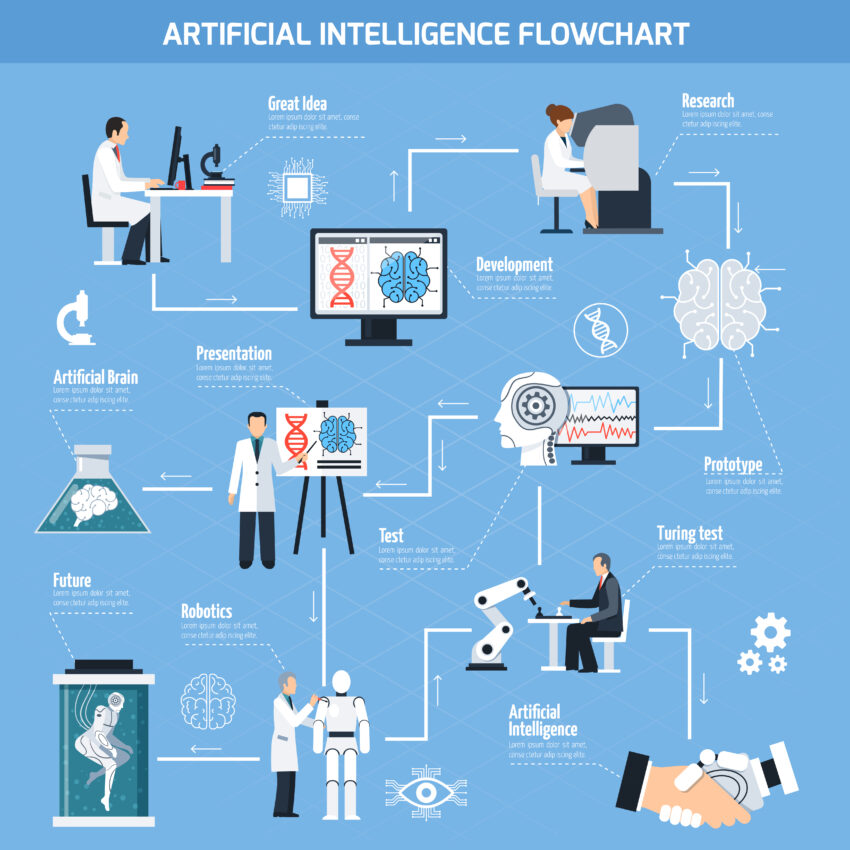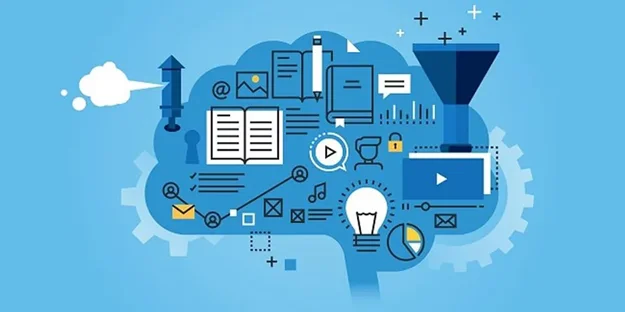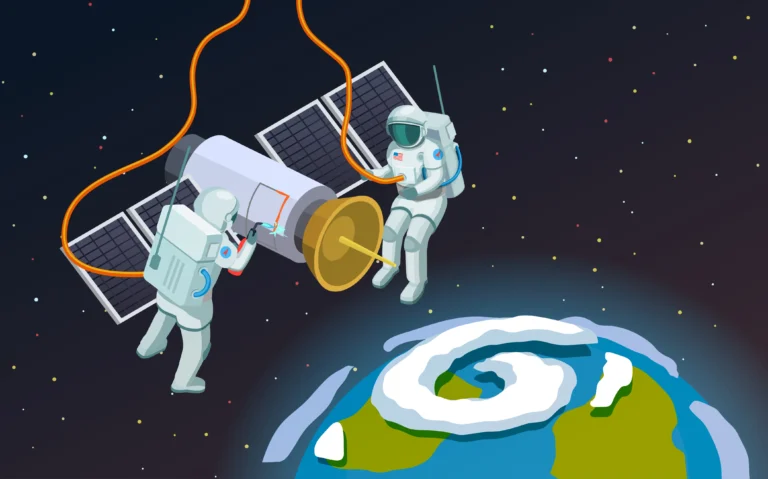Artificial intelligence has now become a part of our daily lives. AI for kids is especially relevant because learning about and engaging with AI gives kids the knowledge to interact with the world around them. AI is a topic that’s not just trending in tech but making waves globally. Some may fear that AI could take over jobs, but when used smartly, it’s a tool that can enhance efficiency and speed in our lives.
Children are natural explorers and problem solvers. They possess an innate curiosity that drives them to understand the world around them. Introducing AI and ML to kids not only taps into this curiosity but also prepares them for a future where these technologies are woven into the fabric of society. In an age where technology is advancing at an unprecedented pace, the landscape of coding is evolving to new frontiers. As we stand at the crossroads of the digital era, the importance of understanding artificial intelligence and machine learning has become increasingly evident.
Importance of AI in the modern world
Artificial Intelligence (AI) has become an essential tool in the modern era, as it has the potential to revolutionize the way we live and work. AI tools are increasingly being used across various industries to automate tasks, improve efficiency, and enhance decision-making. The involvement of artificial intelligence at every step has turned out to be amazing. It made so many jobs automated, reducing human effort. It has made everyone believe that there is yet more to come in the future. Artificial Intelligence (AI) has become increasingly important in the modern world due to its transformative impact on various aspects of society, technology, and the economy.

Artificial Intelligence is the gift of science and technology to mankind and it has revolutionized the modern world. AI is relatively of recent origin and it is used in different spheres of human life and has made life easy. AI enables the automation of repetitive and mundane tasks, allowing humans to focus on more creative, complex, and strategic activities. This increased efficiency is particularly valuable in industries such as manufacturing, logistics, and customer service. AI fosters innovation by providing new tools and methods for problem-solving. It can assist researchers, engineers, and scientists in tackling complex challenges by simulating scenarios, generating hypotheses, and analyzing outcomes.
Why kids should learn about AI and Machine Learning?
There are several compelling reasons why kids should learn about AI (Artificial Intelligence) and machine learning:
- As technology continues to advance, AI and machine learning are becoming integral parts of various industries. Learning these concepts at an early age can prepare kids for future job opportunities and ensure they have the necessary skills to thrive in the workforce.
- Studying AI encourages critical thinking and problem-solving skills. Kids learn to break down complex problems into smaller, manageable parts, analyze data, and develop solutions – skills that are valuable across various disciplines.
- AI is a global phenomenon, and understanding it provides kids with a broader perspective on technology and its impact worldwide. It can foster a sense of global awareness and collaboration. Artificial Intelligence improves kids’ programming incorporates Hands-on learning and makes it more fun for the kids. Artificial Intelligence is a great way to incorporate hands-on learning into your child’s education. By working on AI projects, kids can learn how to code, how to design algorithms, and how to troubleshoot problems.
Hands-on Activities to Understand Basic AI Principles
Engaging in hands-on activities is a great way to understand basic AI principles. Artificial Intelligence is a broad field encompassing the development of algorithms and models that enable machines to perform tasks that typically require human intelligence. To grasp the foundational principles of AI, hands-on activities are invaluable. Here are some activities that can help you grasp the fundamental concepts:

Understanding AI concept
- Activity: Begin with a brief study of fundamental AI concepts, including machine learning, neural networks, and natural language processing.
- Objective: Familiarize yourself with the terminology and basic principles that form the backbone of AI.
Building a Chatbot
- Activity: Choose a chatbot development platform or framework such as Dialogflow, and create a basic conversational agent.
- Objective: Learn how AI handles natural language understanding and generates responses, introducing you to the world of NLP.
AI and Machine Learning in Education
AI (Artificial Intelligence) and machine learning are making significant contributions to the field of education, transforming traditional teaching and learning approaches. Artificial Intelligence is a familiar buzzword that we like to use whenever the chance arises.
- Personalized learning: Personalized learning is a way to use AI that focuses on making training fit the needs of each student. One way to see what it can do is to look at it through the lens of specialized training. Personalized learning lets each person’s wants and learning goals be met by changing things like the speed at which they learn, the materials they use, the order in which they learn them, the technologies they use, the quality of the materials, the way they are taught, and the materials they use to learn.
- Adaptive Learning Pathways: AI can analyze student performance data to dynamically adjust learning pathways, delivering content and resources tailored to individual strengths and weaknesses.
AI in Educational Technology
Artificial Intelligence in Education is developing new solutions for teaching and learning in different situations. Nowadays, AI is being used by different schools and colleges across different countries. AI in education has given a completely new perspective of looking at education to teachers, students, parents, and of course, the educational institutions as well. In the realm of educational technology, Artificial Intelligence (AI) is a transformative force that leverages computational algorithms to enhance and optimize the learning process.
Conclusion
In conclusion, the future of coding for kids involves a seamless integration of AI and ML into educational programs and tools. This approach not only prepares the younger generation for a technology-driven future but also fosters creativity, critical thinking, and an understanding of the ethical considerations surrounding AI and ML.






